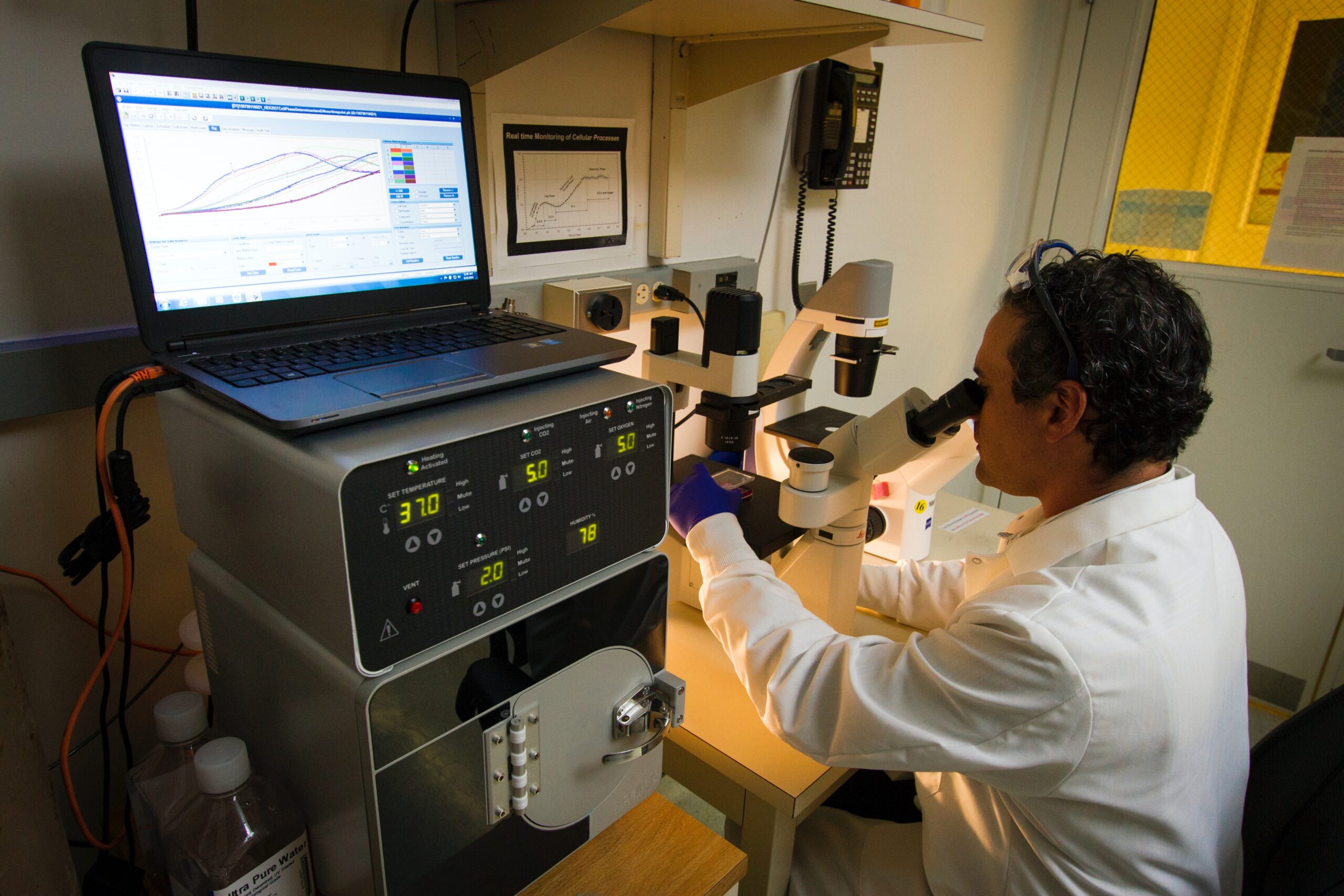Human Factors and Usability is the part of research and development for medical devices that focuses on users by measuring and evaluating the interactions between people and medical equipment. This is done to improve the usability of medical devices.
Why is Human Factor Engineering important to medical devices?
The most crucial goal of the human factors and usability engineering process for medical devices is to minimize use-related hazards and risks. After confirming that these efforts were successful and that users can use the machine safely and effectively, the next step is to minimize any remaining use-related hazards and risks.
The use of human aspects and usability engineering in medical equipment has specific positive results, including the following:
- Enhanced interactivity between the displays and the controllers,
- Better knowledge on the part of the user of the state and functioning of the equipment,
- Better awareness on the part of the user of the present medical status of the patient,
- Management of alert signals that is more effective,
- Easier device maintenance and repair,
- Reduced dependence on user instructions among customers,
- Reduced requirements for initial and subsequent user training,
Why does the Human factor Matter for Patient Safety?
The critical patient monitoring process involves the use of a significant number of medical devices. Errors in the service of these devices, which may result in patient injury, have gradually become a primary source of worry for both patients and the producers of these devices. Inadequately designed user interfaces for devices are often to blame for such blunders, especially when a complex user system is involved. Medical equipment is becoming ever more versatile in terms of the tasks it can do, and it is being utilized more often in both chaotic and distracting settings, as well as demanding specific education and training.
How to apply human factors and usability engineering to your medical device design:
The incorporation of HF and UE is not a simple task that can be performed at the last minute; instead, it calls for a thorough strategy that takes into account a variety of factors throughout the whole of the product development lifecycle, such as the following:
- Researching to determine which elements govern the quality of user interactions about a product’s ability to be used safely, effectively, and efficiently
- An investigation of not just the user’s mental but also their physical interactions with the product and their mental models, processes, and requirements.
- Throughout the design and development process, an evaluation of the design’s usability is carried out using both formative and summative usability testing.
- Validation of the gadget design by way of exhaustive testing that simulates its actual application
Conclusion
Regarding product design and development, human factors, also known as human factors engineering, refer to using knowledge of human capabilities, behaviors, and limits, whether those constraints are physical, sensory, emotional, or cognitive. In the context of medical technology, the study of human factors has as its ultimate goal the reduction of use-related hazards and the validation that technologies may be used safely and effectively.








2 responses to “Human Factors and Usability in Medical Devices”
Human Factors and Usability is
the part of research and development for medical devices that focuses on users by measuring and evaluating the interactions between people and medical equipment
Modern era moder way nd Moder mindset to achieve the next phase
Very interesting, good job and thanks for sharing such a good blog.